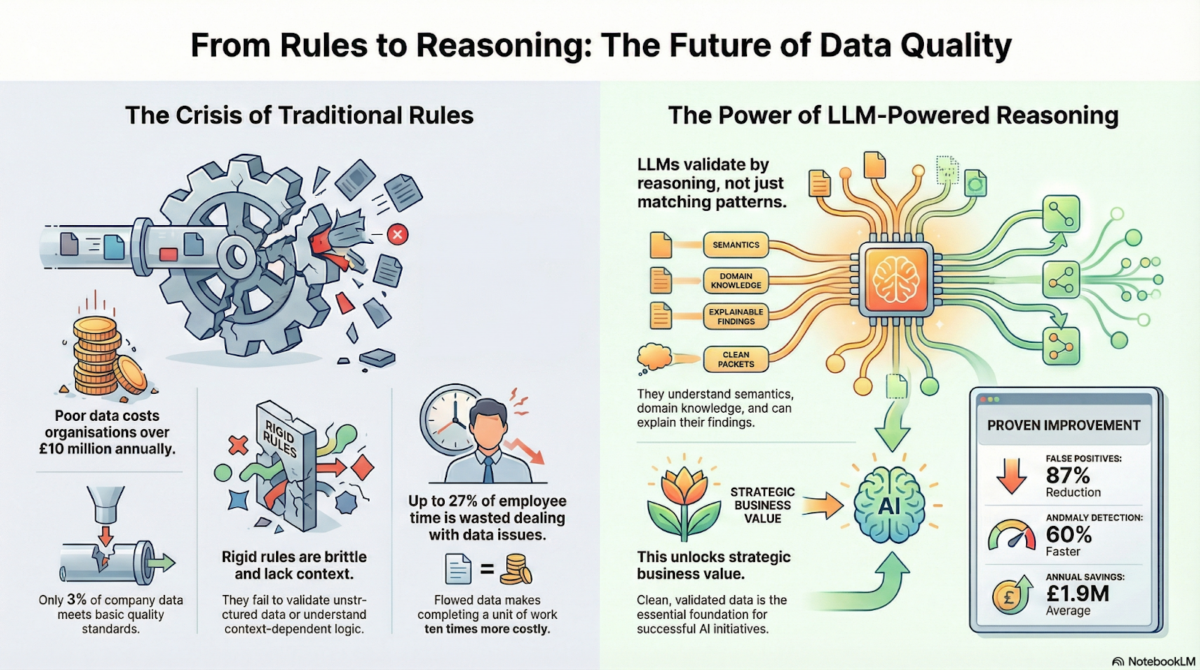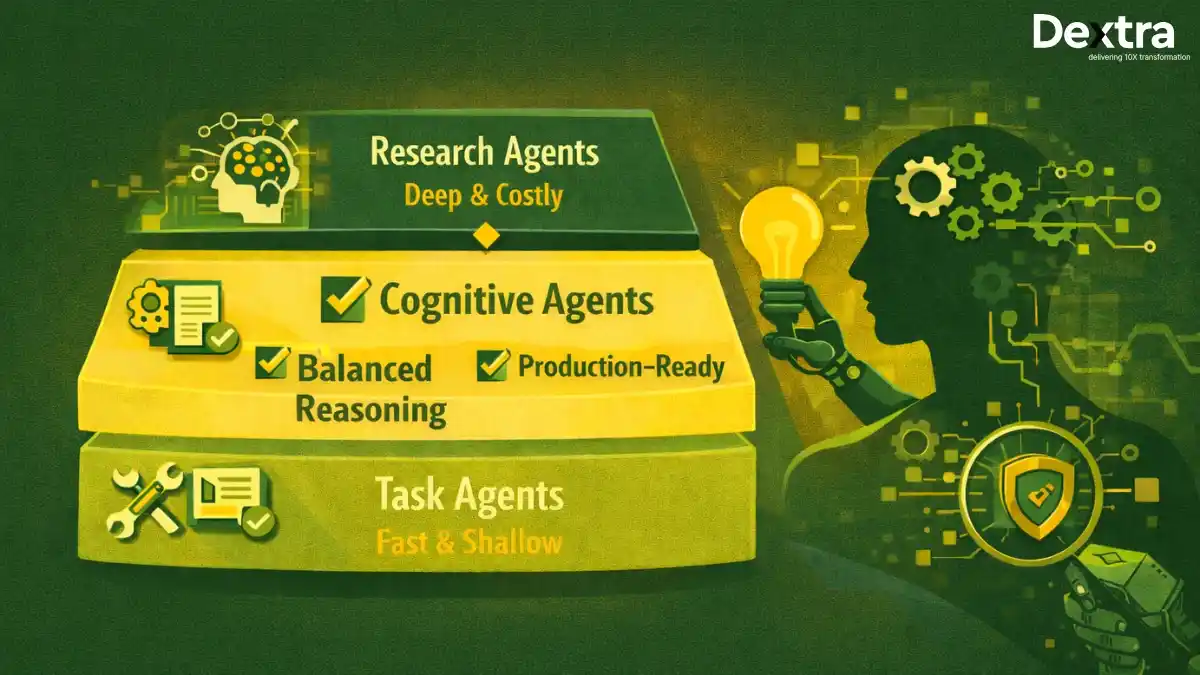Acing the art of writing a unique mission or vision statement can be tough for new businesses. In an ocean of competitors, finding out what makes you a unique star has to be reflected in your mission and vision. But the key to writing a good mission and vision statement is being true to your objectives and having practical goals.
The tricky part is to understand how your mission statement and vision statement are different. Sometimes, businesses are not able to strike the right balance between these two very important statements.
Are you also struggling with creating a new mission or vision statement for your business? Don’t worry! Today you’ll learn the difference between mission and vision statements and how you can write great ones for your own business.
So, are you ready to define or refine your mission and vision statements? Let’s learn together and give you some examples of vision and mission statements!
Explaining What Is a Mission Statement
In simple words you can say that a mission statement is a company’s declaration of what they do, who are their target audience, and why they exist. It defines the foundation of a company’s outlook for its objectives and core values.
Explaining What Is a Vision Statement
A vision statement is more about a long-term approach to what an organization wants to achieve in the future and how it will do that. It gives a full view of the desired long-term plans and provides inspiration and motivation.
What Sets Mission and Vision Statements Apart?
Mission and vision statements are important for guiding an organization, but they serve different purposes and focus on different aspects. Here’s an easy way to understand their difference!
Take the mission statement as something about the current goals. It is all about what you will keep on doing or want to achieve as an end goal. And on the other side, we have a vision statement that is more about the future. It describes the company’s desired long-term outcome and aspirations.
So basically, your mission is about the now—and the vision is about the future.
Let’s look at the difference between mission statement vision statement through this comparison.
|
Component |
Mission | Vision |
| Purpose | Reflects the organization’s current objectives and present goals | Covers organization’s future desires, aspirations and roadmap of long-term growth |
|
Focus |
Defines what the organization does, who it serves, and how it serves them | Describes where the organization aspires to be and what it seeks to achieve in the long run. |
| Timeframe | Oriented towards the present by addressing immediate goals and values. | Oriented towards the future by providing a roadmap for strategic direction. |
How to Write a Good Mission Statement?
Making your new mission statement is inspiring and exciting for your organization. But before writing a mission statement, you need to know what’s included in it:
1) Purpose: Why do we exist?
A mission statement must define why you made this company and what will drive it to success. It should clearly state your purpose so that your audience can understand the whole idea and aspirations behind your firm.
2) Values: What principles guide our actions?
We all have values and ethics in life. Right? Similarly, companies also have some guiding principles which are reflected in their decisions and practices. So, to write a great mission statement, you have to ask, “What is your company driven by” and add the right answer in your mission statement.
3) Goals: What do we aim to achieve?
Goals can be anything like reaching the highest sales in the industry, becoming a market leader, or having a great society impact. So, you must clearly state your goals in your mission statement to focus your efforts and measure progress.
Here’s how you can create a mission statement that has all these components:
- Reflect on Your Purpose: Think about why your company exists. What motivated its inception? Consider your company’s unique role in the market and its reason for being.
- Incorporate Core Values: Ask yourself, “What principles guide our decisions and actions?”
- Define Your Goals: Clearly articulate what your company aims to achieve. This isn’t just about financial targets, but also how you plan to make a difference for your customers, employees, and community.
- Keep It Concise: A mission statement should be brief and concise. Aim for one or two sentences covering your company’s core agenda without unnecessary jargon.
- Make It Inspiring: What use is a mission statement if it is just words and doesn’t inspire your team? So, write something that gives a sense of purpose or direction to everyone in your business.
How to Write a Good Vision Statement?
Want your vision statement to stand out? Here’s what it must include:
1) Accomplishment: What do we aspire to achieve?
The accomplishment component of your vision statement describes the significant achievements your organization aims to realize in the future. These could be market leadership, innovation milestones, or societal impacts.
2) SMART and Practical: Is our vision practical?
It’s okay to be ambitious in your visions but remember you are stating solid goals here. So, make sure they are specific, measurable, achievable, relevant, and time-bound. This will set a clear path to realistically achieve your vision and measure progress.
3) Broad: Does our vision encompass the overall aspirations?
Your vision should be broad enough to cover the entire scope of your organization’s aspirations. It should also be general enough to remain relevant over time, even as specific goals and strategies may change.
Now here’s a step-by-step guide to help you write a vision statement:
- Envision the Future: Start by imagining the future you want for your organization.
- Be Inspirational: Your vision should inspire and motivate both employees and stakeholders. It should be ambitious enough to challenge and energize everyone involved.
- Keep It Clear and Concise: While your vision should be aspirational, it should also be easy to understand and remember. Keep it short but to the point.
- Align with Core Values: Your vision should align with your company’s core values and culture.
- Get Feedback: Don’t make the mistake of ignoring the main stakeholders when you are writing your mission/vision. Chat with them about what they want to be depicted in these statements as they are the actual visionaries behind it.
Try Out These Templated for Mission Statements
Struggling to get some ideas about how to write your mission? You can follow these templates:
Template 1: What You Give Out to Customers?
“Our mission is to [Major Goal] [Target Audience] by [Plan], for a [Unique Value Proposition] that [Impact/Benefit].”
Example: “Our mission is to grow small businesses using the latest digital solutions that boost growth and revolutionize their market presence.”
Template 2: The Purpose-Driven Model
“At [Company Name], we struggle to [Action] because we believe [Core Belief]. Through [Methods], we aim to [End Goal].”
Example: “At this company, we struggle to innovate sustainable technologies because we believe in preserving our planet. We aim to create a greener future for all.”
Template 3: Ambitious Approach
“Our mission is to [Convert/Improve] [Target Market] by [Action], ensuring [Outcome] through [Innovative Approach].”
Example: “Our mission is to convert urban living by developing smart housing solutions, ensuring convenience and sustainability through cutting-edge technology.”
Template 4: The Social Impact Focus
“Committed to [Action] that [Impact/Change] for [Target Audience], we [Method/Approach] to reach [End Goal].”
Example: “Committed to reducing hunger that changes lives for underserved communities, we partner with local farms to achieve a healthier and more nourished society.”
Template 5: The Innovation Driver
“At [Company Name], we [Action] by [Unique Approach], to give [Key Benefit] to [Target Audience], and [Long-Term Impact].”
Example: “At TechPioneers, we innovate by integrating AI and human creativity, to give technological solutions for businesses and transform industries.”
Unique Vision Statement Templates
Go over these templates to get some ideas on how to write a vision:
Template 1: Leading With Innovation
“To become the [Quality] leader in [Niche/Market], changing [Product/Service/Offering] and driving [Impact] through [USPs].”
Example: “To become the visionary leader in renewable energy, changing power generation and driving sustainability through cutting-edge technology.”
Template 2: The Global Impact
“Our vision is to [Action] globally, ensuring [Impact/Outcome] for [Target Audience] through [Unique Approach].”
Example: “Our vision is to empower education globally, ensuring access to quality learning for all children through innovative digital platforms.”
Template 3: The Community Builder
“To create a [Quality] community where [Main Value 1] and [Main Value 2] drive [Result/Impact], raising [Benefit] for [Target Audience].”
Example: “To establish a thriving community where diversity and innovation drive progress, advancing economic growth for local businesses.”
Template 4: The Technological Pioneer
“As pioneers in [Field/Industry], we foresee a future where [Outcome/Impact] is achieved through [Core Strength/Innovation].”
Example: “As pioneers in biotechnology, we foresee a future where medical breakthroughs eliminate diseases through persistent research and innovation.”
Template 5: The Environmental Steward
“To be the [Quality] leader of [Niche], for a [End Goal] for [Target Customers], through [Plan/Strategy].”
Example: “To be the global leader of environmental conservation for a sustainable future for everyone through green technologies.”
Examples of Mission Statements and Vision Statements That Are Excellent and Unique
Some companies have really nailed the mission and vision statements game. Let’s look at these popular mission and vision examples:
Mission Statement: “To organize the world’s information and make it universally accessible and useful.”
Vision Statement: “To provide access to the world’s information in one click.”
Why It’s Excellent?
Google’s mission and vision statements reflect the company’s core business of information organization and its commitment to accessibility and usability.
Tesla
Mission Statement: “To accelerate the world’s transition to sustainable energy.”
Vision Statement: “To create the most compelling car company of the 21st century by driving the world’s transition to electric vehicles.”
Why It’s Excellent?
Tesla’s statements are bold and forward-thinking. They focus on a significant global impact—sustainable energy—and position Tesla as a leader in innovation and transformation within the automotive industry.
Nike
Mission Statement: “To bring inspiration and innovation to every athlete in the world.”
Vision Statement: “To do everything possible to expand human potential.”
Why It’s Excellent?
Nike’s mission statement is inclusive and motivating. Their vision statement reflects the brand’s can-do attitude and deep consideration for its audience.
Amazon
Mission Statement: “To be Earth’s most customer-centric company.”
Vision Statement: “To be earth’s most customer-centric company; to build a place where people can come to find and discover anything they might want to buy online.”
Why It’s Excellent?
Amazon’s statements are customer-focused and emphasize convenience and vast selection.
Microsoft
Mission Statement: “To empower every person and every organization on the planet to achieve more.”
Vision Statement: “To help people and businesses throughout the world realize their full potential.”
Why It’s Excellent?
Microsoft’s statements encourage empowerment and potential to reflect the company’s dedication to providing tools and services to boost productivity.
10 Great Tips to Make Your Mission and Vision Statement Stand Out
Here are some bonus tips for you all to have your own best mission statement and vision statement:
- Be Clear and Concise: Keep your statements simple and easy to understand for any reader.
- Inspire and Motivate: Use aspirational language to energize and engage stakeholders.
- Align with Core Values: Ensure your statements reflect your organization’s fundamental beliefs.
- Focus on the Future: Point out your long-term goals and aspirations.
- Make It Unique: Differentiate your statements from competitors by pointing out what makes your company special.
- Be Specific: Brainstorm your organization’s purpose and the impact you aim to achieve.
- Use Positive Language: Frame your mission and vision positively and upliftingly.
- Reflect Your Culture: Add interesting elements of your company’s culture and spirit.
- Be Memorable: Define statements that are catchy and easy to remember.
- Review Regularly: These statements are not set in stone, so rethink them when you make major organizational changes.
Acing the Art of Defining Your Mission & Vision
Writing unique mission and vision statements is like art. They need to be clear, inspiring, and significant, in line with your core values. Together, mission and vision statements are like a guide to your goals that take your company in the right direction.
So, look at others’ mission and vision statement examples to get inspiration for your own.








